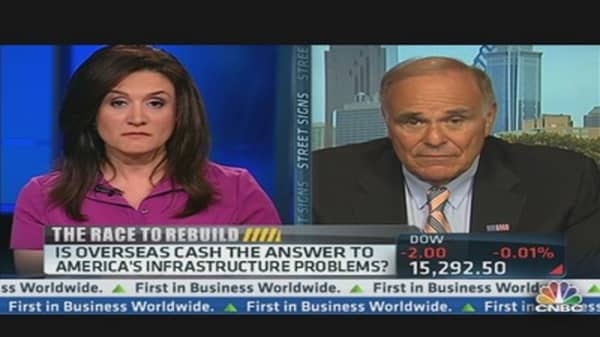The challenge has been to coordinate a network of 4,398 street lights, especially when they include complex intersections where three, four, even more different roads merge together.
(Read More From the Detroit Bureau: BMW-Toyota Plan to Unveil Their Joint Venture Sports Car in Tokyo)
The project actually dates back to the 1984 Olympics, an event that many city officials feared could create a regional case of gridlock. The first effort to synchronize lights focused on the area around the Los Angeles Memorial Coliseum, site of key Olympic events.
"Because of the success of that system the City Council mandated that we expand it citywide," Verej Janoyan, senior traffic engineer with the city's Department of Transportation explains.
Part of the challenge was coming up with the computer capability to properly analyze the city's vast stoplight network, calculate in posted speed limits and then come up with the proper timing algorithm. That, in itself, wasn't going to be cheap, but adding in the network to control all those stoplights brought the price tag of the project up to around $350 million. And considering the financial problems facing California and its communities, the project had to be stretched out for nearly 30 years.
(Read More From the Detroit Bureau: Detroit Automakers Struggle to Meet Booming Sales, Cut Short Summer Shutdown)
The programming isn't inflexible. The project has also resulted in a network of cameras that can give traffic managers a real-time look at what's happening on LA streets. They can make rapid changes to reflect shifting daily commute patterns – as well as construction and traffic accidents.
Experts warn that there will still be times when the system is simply overloaded. At the peak of LA's extended rush hours it can become impossible for motorists to come close to posted speed limits.
(Read More: Worst City for Traffic Congestion in Europe Named)
But much of the day, there are signs that travel times are being trimmed by as much as 12% in some areas.
It remains to be seen how many of LA's cash-strapped neighboring communities, especially in the densely populated Orange County, will follow the city's lead. But studies show that traffic snarls can generate millions of dollars in lost productivity and worsen the region's endemic smog problems.
"You really see a difference," says documentary producer Rose. "It's really amazing. The only question is why they didn't do this before."
-By CNBC Contributor Paul Eisenstein; Follow him on Twitter @DetroitBureau




